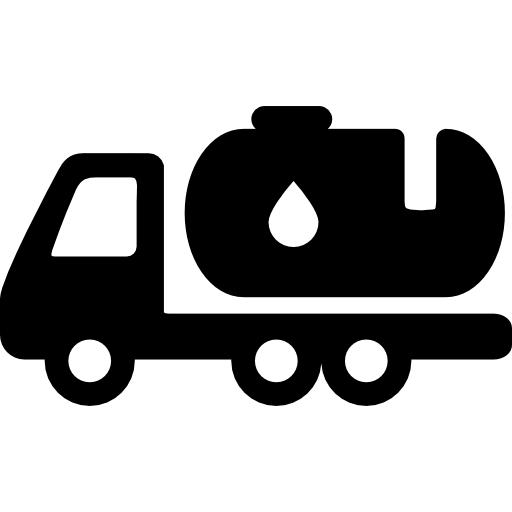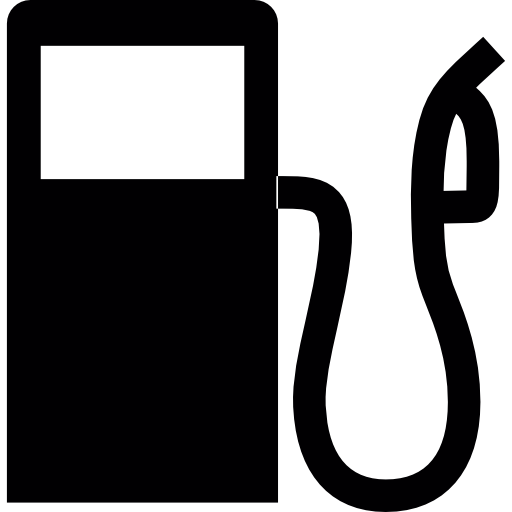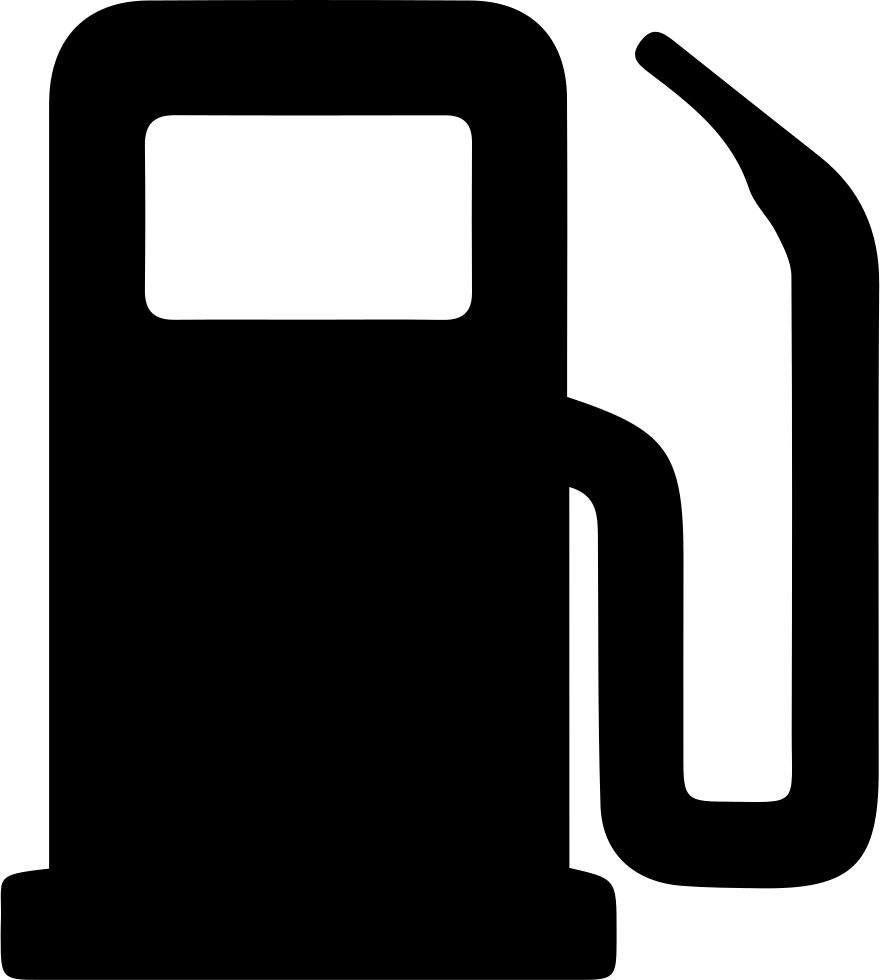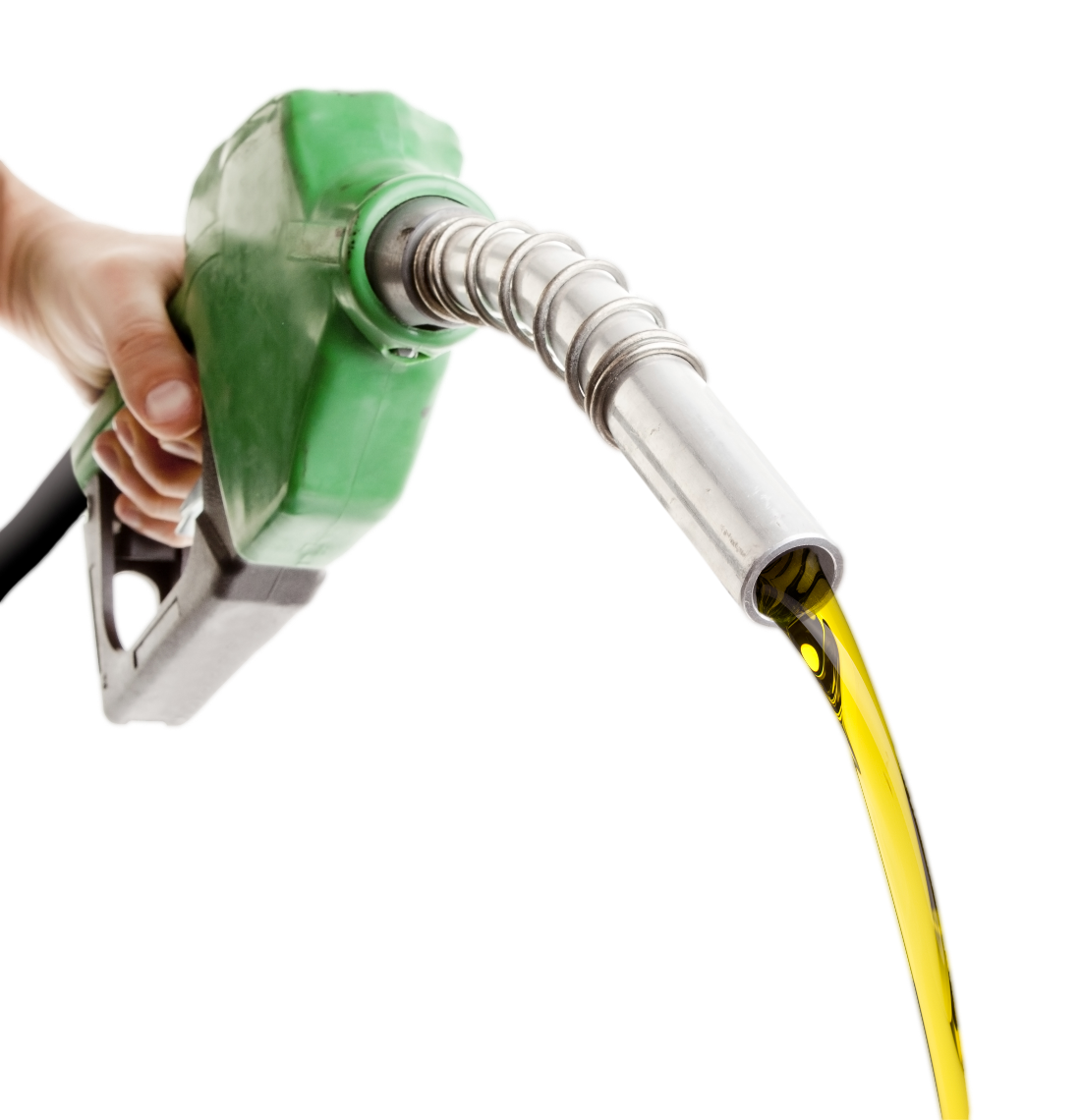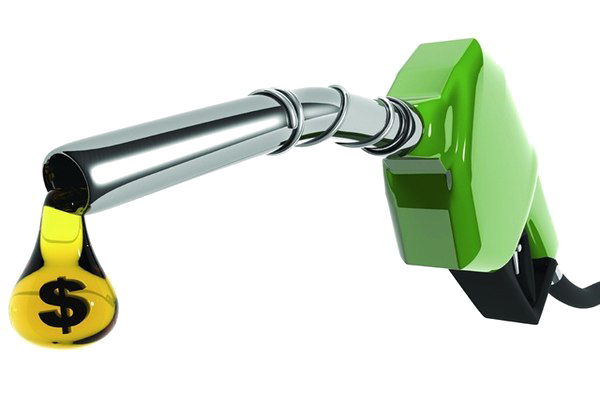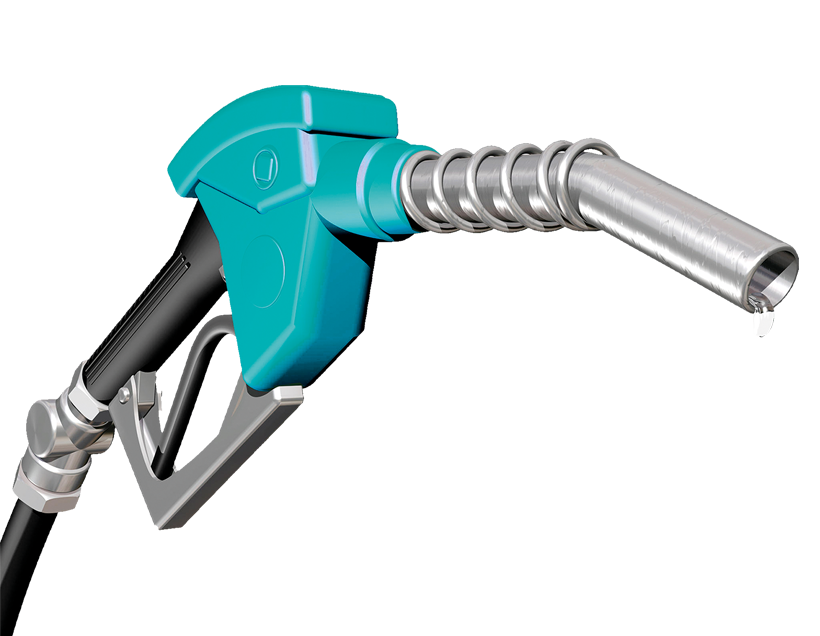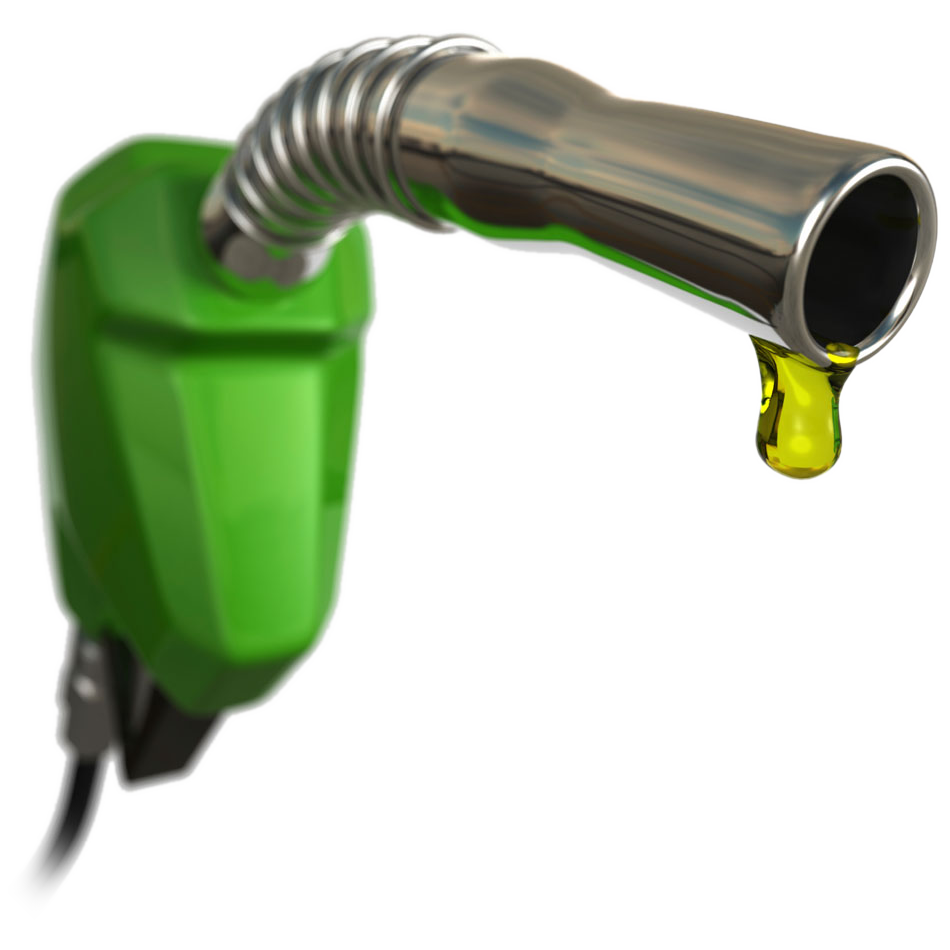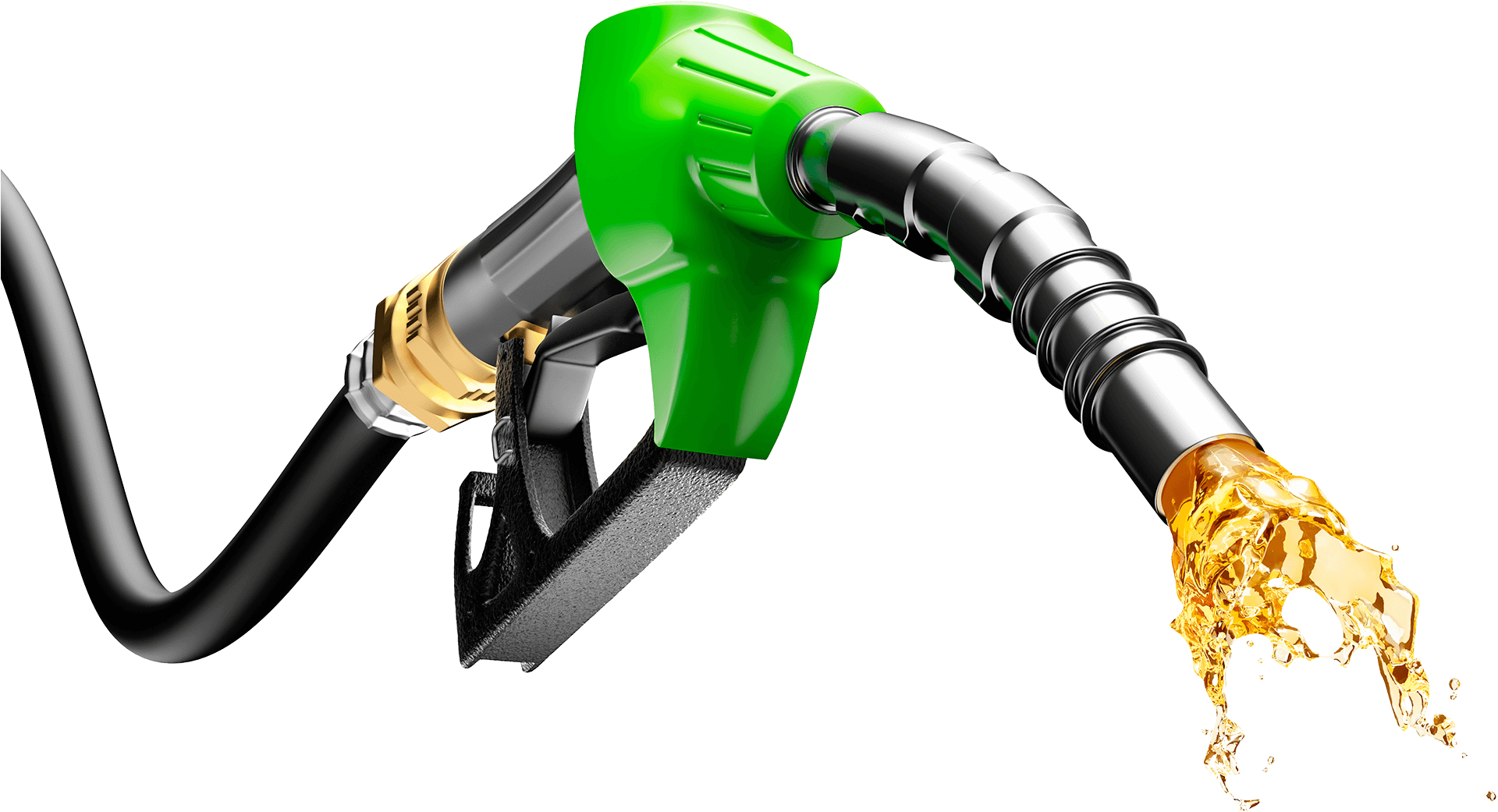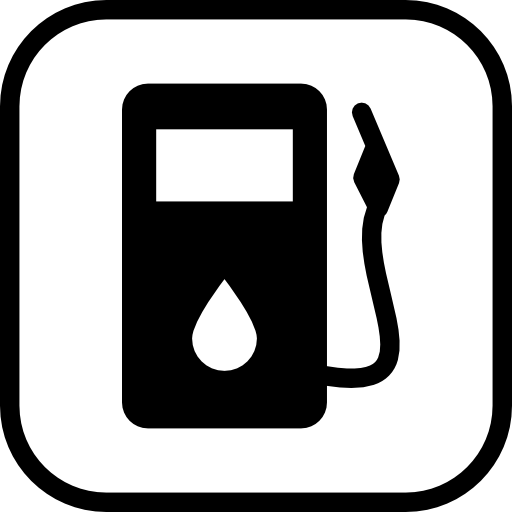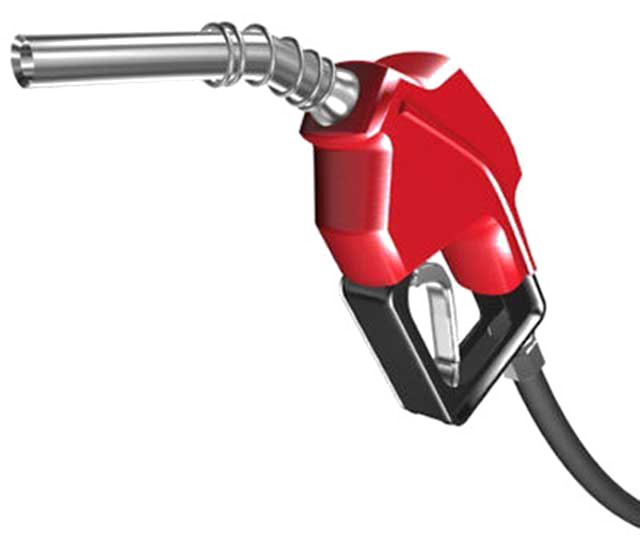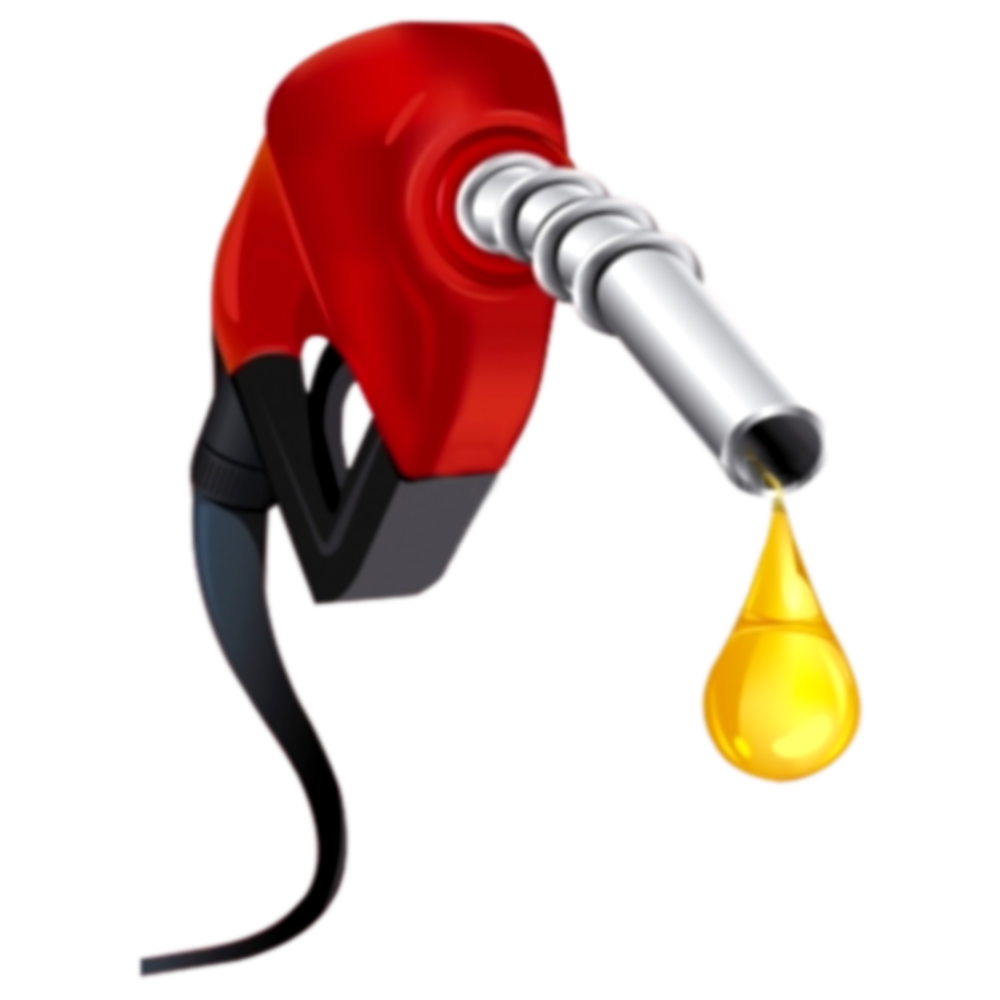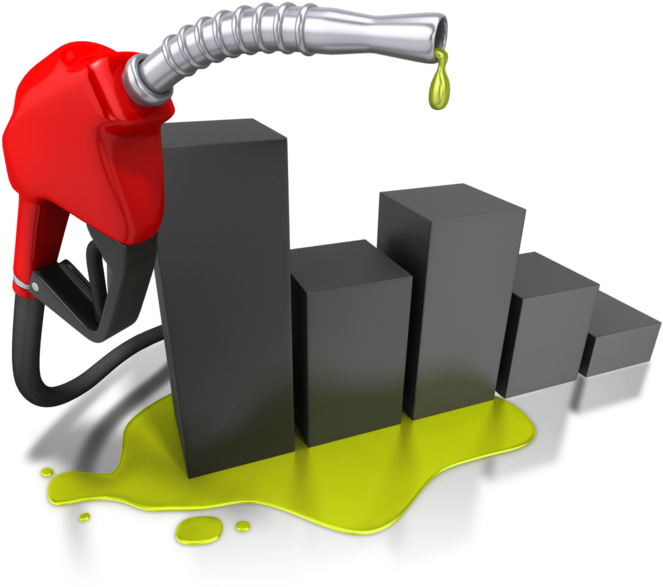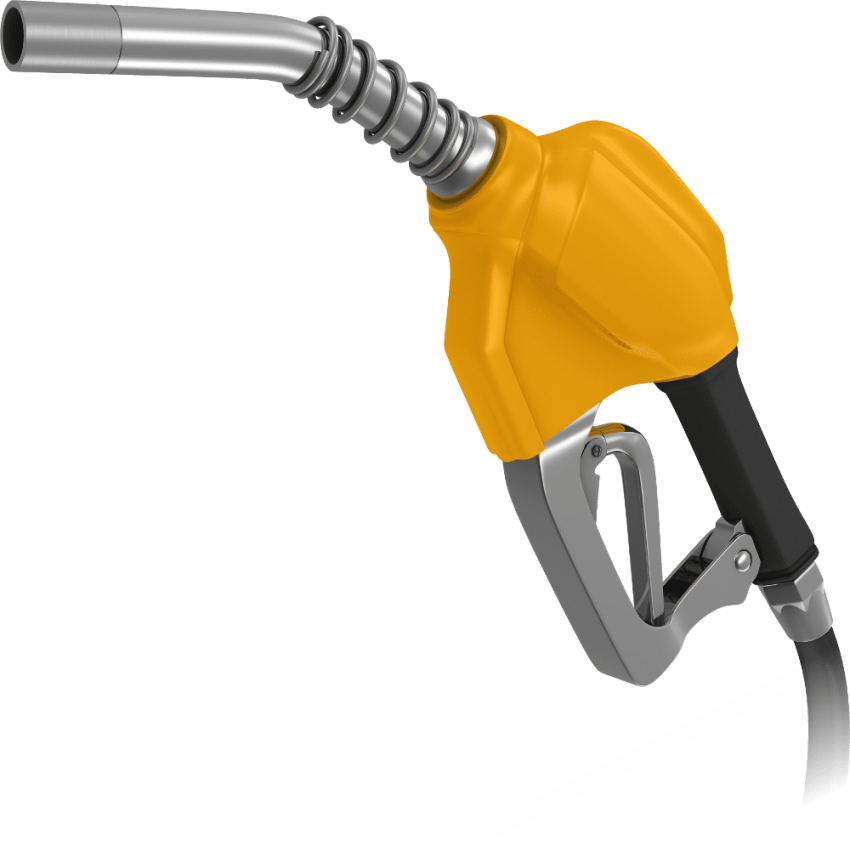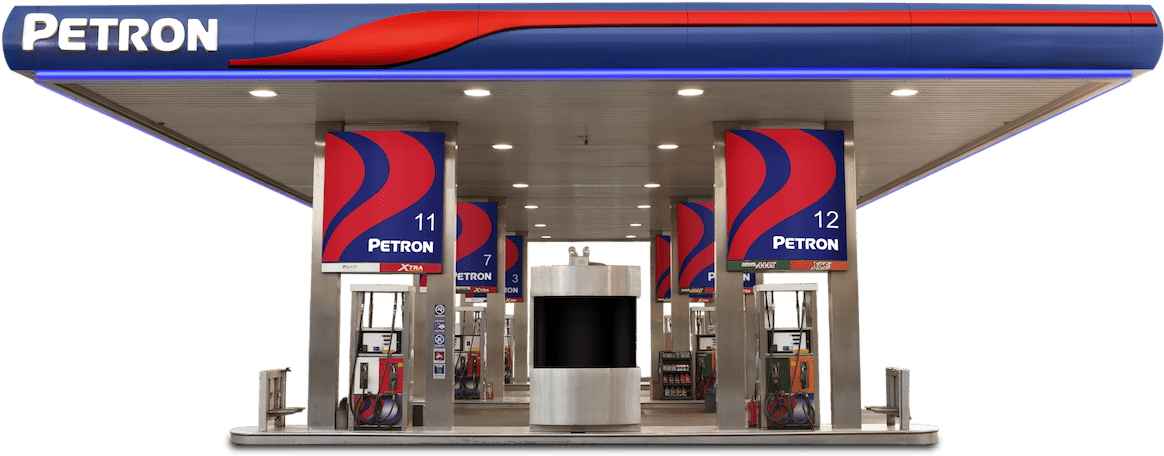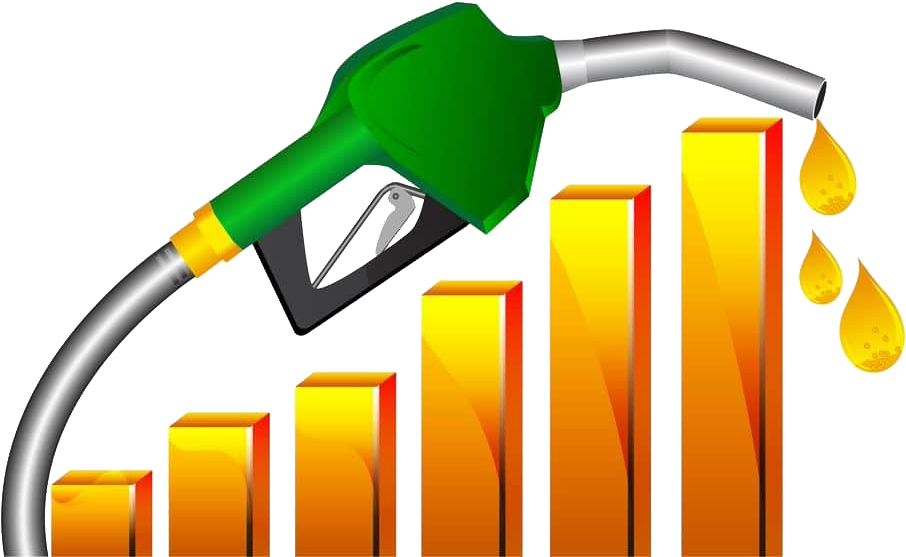Download top and best high-quality free Petrol PNG Transparent Images backgrounds available in various sizes. To view the full PNG size resolution click on any of the below image thumbnail.
License Info: Creative Commons 4.0 BY-NC
Gasolin is a clear, flammable liquid generated from petroleum that is predominantly utilized as a fuel in most spark-ignited internal combustion engines. It is primarily made up of organic compounds derived through fractional distillation of petroleum, which are then augmented with various additions. Depending on the crude oil assay and what other refined products are recovered, a 160-liter (42-gallon) barrel of crude oil can provide up to 72 liters (19 US gallons) of gasoline following processing in an oil refinery. The ability of a gasoline mix to withstand premature ignition (which produces knocking and decreases efficiency in reciprocating engines) is assessed by its octane rating, which comes in a variety of grades. Tetraethyl lead and other lead compounds, which were previously commonly utilized to boost octane ratings, are now only used in aircraft, off-road vehicles, and car racing. Other compounds are commonly added to gasoline to increase chemical stability and performance, regulate corrosivity, and clean the fuel system. To promote combustion, gasoline may contain oxygen-containing compounds like ethanol, MTBE, or ETBE.
Leakage and handling during manufacturing, transport, and delivery can cause gasoline to reach the environment uncombusted, both as a liquid and as a vapor (e.g., from storage tanks, from spills, etc.). Many underground storage tanks are required to have significant safeguards in place to detect and prevent such leaks as an example of attempts to control such leakage. Gasoline is known to contain carcinogens. A liter of gasoline releases around 2.3 kg of CO 2, which contributes to climate change caused by humans.
This is the first instance of the term that has been discovered. Cassell learned that a merchant called Samuel Boyd in Dublin was selling fake cazeline and wrote to him to persuade him to cease. Boyd didn’t respond and instead altered every ‘C’ to a ‘G,’ coining the term “gazeline.” It was first used in 1863, when it was written “gasolene,” according to the Oxford English Dictionary. In 1864, the name “gasoline” was coined in North America.
The product is referred to as “petrol” rather than “gasoline” in most Commonwealth nations. The word petroleum derives from Medieval Latin petroleum, which literally means “rock oil” and was originally used to refer to many forms of mineral oils (petra, “rock”, and oleum, “oil”). In around 1870, the term “Petrol” was used to a refined mineral oil product supplied by British wholesaler Carless, Capel & Leonard, which promoted it as a solvent. When the product was repurposed as a motor fuel, Frederick Simms, a Daimler associate, suggested to John Leonard, the owner of Carless, that they register the trademark “Petrol,” but the word was already in common use at the time, possibly inspired by the French pétrole, and registration was denied because the word was a generic descriptor; Carless was still able to defend its use of “Petrol” as a product name due to their having sold it unbranded Despite the fact that Carless registered a number of different names for the product, “petrol” became the standard term for the fuel throughout the British Commonwealth.
Originally, British refiners referred to vehicle gasoline as “motor spirit” and aviation gasoline as “aviation spirit.” Carless’ competitors shifted to the more common term “petrol” after being refused a trademark on “petrol” in the 1930s. However, because “motor spirit” had already been incorporated into laws and regulations, it is still used as a legal name for gasoline. The phrase “premium motor spirit” is most often used in Nigeria, where the main petroleum corporations refer to their product as such. Despite the fact that “petrol” has made inroads into Nigerian English, the official word “premium motor spirit” is still used in scientific publications, government reports, and media.
Outside of North America, the term gasoline is rarely used instead of petrol, though gasolina is used in Spanish and Portuguese, especially given the common shortening of gasoline to gas, because various forms of gaseous products, such as compressed natural gas (CNG), liquefied natural gas (LNG), and liquefied petroleum gas (LPG), are also used as automotive fuel (LPG).
The product’s name is derived from benzene in several languages, including Persian (Persian: ), Russian (eнин), Turkish, and German, benzina in Italian, and bensin in Indonesian; nevertheless, in Argentina, Uruguay, and Paraguay, the colloquial word nafta is derived from the chemical naphtha.
Download Petrol PNG images transparent gallery
- Petrol Pump PNG Pic
Resolution: 1377 × 1501
Size: 29 KB
Image Format: .png
Download
- Petrol Pump PNG Image
Resolution: 600 × 600
Size: 9 KB
Image Format: .png
Download
- Petrol Oil PNG
Resolution: 3000 × 2001
Size: 976 KB
Image Format: .png
Download
- Petrol Oil PNG Pic
Resolution: 759 × 597
Size: 73 KB
Image Format: .png
Download
- Petrol Oil PNG File
Resolution: 1200 × 1073
Size: 41 KB
Image Format: .png
Download
- Petrol Oil PNG Image
Resolution: 500 × 375
Size: 148 KB
Image Format: .png
Download
- Petrol PNG Pic
Resolution: 1200 × 999
Size: 106 KB
Image Format: .png
Download
- Petrol Oil PNG Photo
Resolution: 850 × 671
Size: 215 KB
Image Format: .png
Download
- Petrol PNG File
Resolution: 480 × 512
Size: 9 KB
Image Format: .png
Download
- Petrol PNG Image
Resolution: 512 × 512
Size: 7 KB
Image Format: .png
Download
- Petrol Pump PNG Cutout
Resolution: 512 × 512
Size: 7 KB
Image Format: .png
Download
- Petrol Pump PNG Photo
Resolution: 512 × 512
Size: 9 KB
Image Format: .png
Download
- Petrol Pump PNG Images
Resolution: 512 × 512
Size: 5 KB
Image Format: .png
Download
- Petrol PNG Photo
Resolution: 600 × 528
Size: 21 KB
Image Format: .png
Download
- Petrol PNG Cutout
Resolution: 800 × 1041
Size: 701 KB
Image Format: .png
Download
- Petrol PNG Images
Resolution: 920 × 728
Size: 317 KB
Image Format: .png
Download
- Petrol Pump PNG Photos
Resolution: 990 × 990
Size: 552 KB
Image Format: .png
Download
- Petrol Pump Transparent
Resolution: 720 × 720
Size: 20 KB
Image Format: .png
Download
- Petrol Pump PNG Clipart
Resolution: 1024 × 1024
Size: 37 KB
Image Format: .png
Download
- Petrol PNG Photos
Resolution: 512 × 512
Size: 3 KB
Image Format: .png
Download
- Petrol Fuel PNG Cutout
Resolution: 528 × 528
Size: 12 KB
Image Format: .png
Download
- Petrol Transparent
Resolution: 512 × 512
Size: 13 KB
Image Format: .png
Download
- Petrol PNG Clipart
Resolution: 720 × 720
Size: 52 KB
Image Format: .png
Download
- Petrol PNG Picture
Resolution: 960 × 640
Size: 764 KB
Image Format: .png
Download
- Petrol PNG HD Image
Resolution: 990 × 1230
Size: 358 KB
Image Format: .png
Download
- Petrol PNG Image HD
Resolution: 600 × 334
Size: 313 KB
Image Format: .png
Download
- Petrol No Background
Resolution: 2400 × 1501
Size: 317 KB
Image Format: .png
Download
- Petrol PNG Images HD
Resolution: 650 × 650
Size: 131 KB
Image Format: .png
Download
- Petrol PNG Free Image
Resolution: 1280 × 1136
Size: 126 KB
Image Format: .png
Download
- Petrol PNG Image File
Resolution: 630 × 315
Size: 26 KB
Image Format: .png
Download
- Petrol Liquid
Resolution: 1280 × 960
Size: 268 KB
Image Format: .png
Download
- Petrol Pump PNG File
Resolution: 880 × 980
Size: 27 KB
Image Format: .png
Download
- Petrol Fuel PNG Image
Resolution: 1100 × 1140
Size: 853 KB
Image Format: .png
Download
- Petrol Fuel PNG Photo
Resolution: 600 × 400
Size: 136 KB
Image Format: .png
Download
- Petrol Fuel PNG Images
Resolution: 820 × 636
Size: 469 KB
Image Format: .png
Download
- Petrol Fuel PNG Photos
Resolution: 950 × 950
Size: 353 KB
Image Format: .png
Download
- Petrol Fuel PNG Clipart
Resolution: 1920 × 1041
Size: 347 KB
Image Format: .png
Download
- Petrol Pump
Resolution: 512 × 512
Size: 8 KB
Image Format: .png
Download
- Petrol Fuel
Resolution: 640 × 536
Size: 150 KB
Image Format: .png
Download
- Petrol Fuel PNG
Resolution: 552 × 598
Size: 12 KB
Image Format: .png
Download
- Petrol
Resolution: 1000 × 1000
Size: 516 KB
Image Format: .png
Download
- Petrol Fuel PNG Pic
Resolution: 663 × 587
Size: 321 KB
Image Format: .png
Download
- Petrol Fuel PNG File
Resolution: 850 × 841
Size: 271 KB
Image Format: .png
Download
- Petrol Pump PNG
Resolution: 1717 × 2001
Size: 39 KB
Image Format: .png
Download
- Petrol PNG
Resolution: 1164 × 456
Size: 172 KB
Image Format: .png
Download
- Petrol Oil
Resolution: 906 × 557
Size: 286 KB
Image Format: .png
Download
